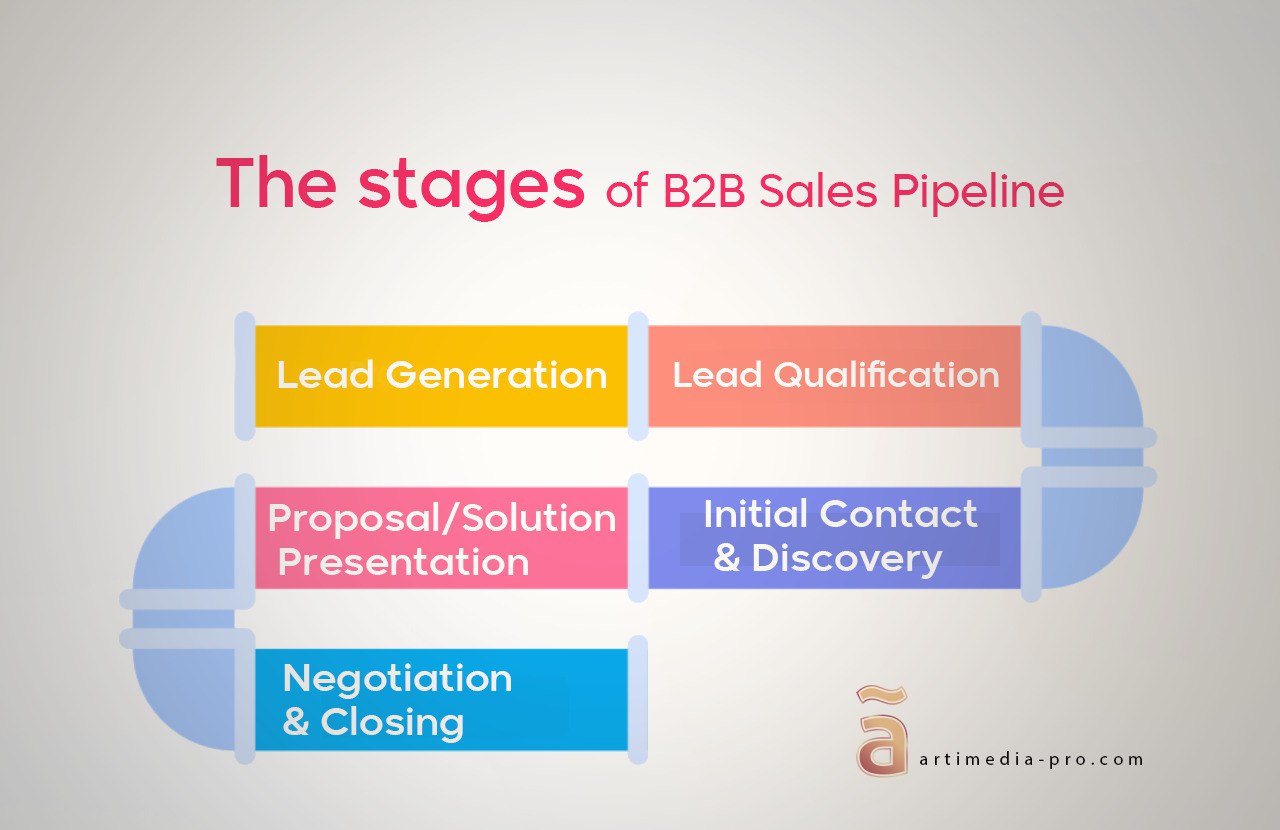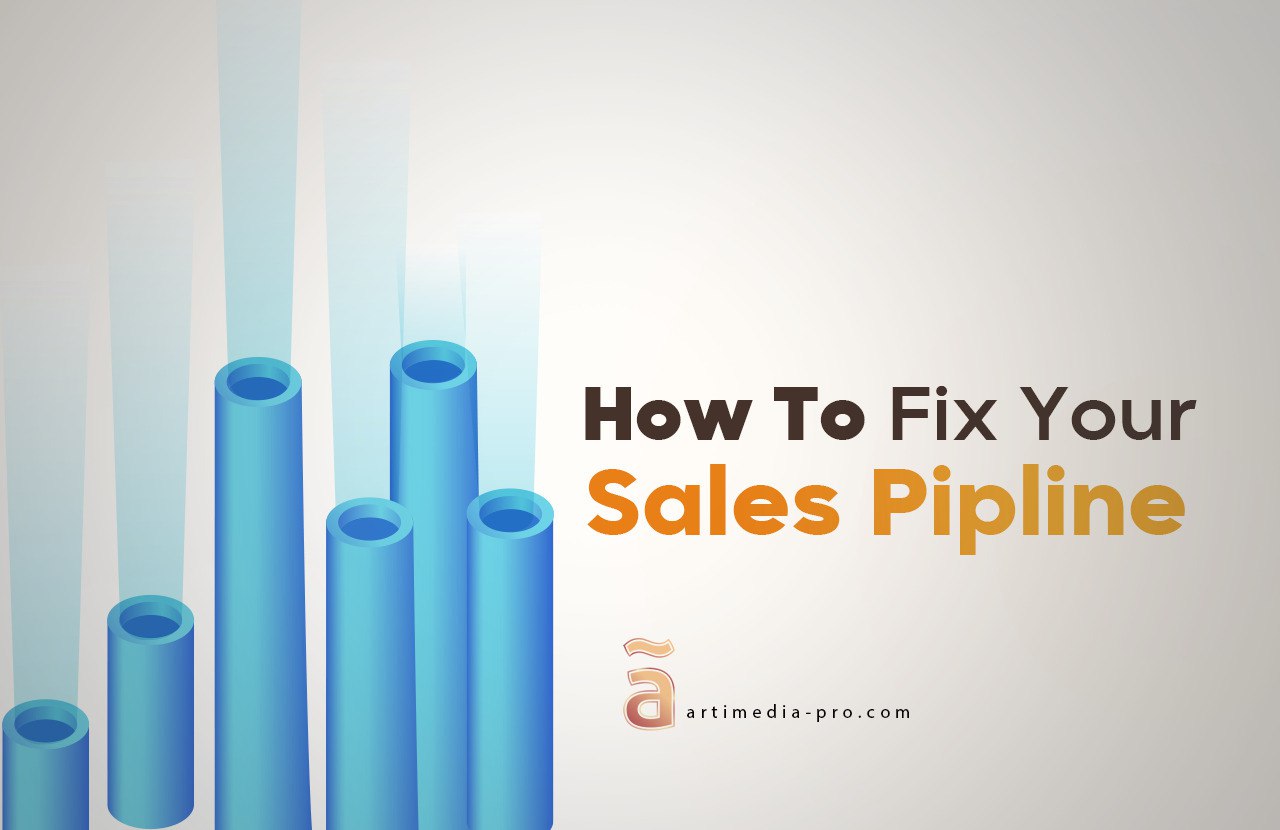Table of Contents
A healthy sales pipeline is the lifeblood of any successful business, yet many companies struggle with leaks, blockages, and an overall pipeline deficit. If your revenue forecasts feel like a guessing game and promising leads consistently go cold, you’re not alone. The good news is that these common sales pipeline challenges are fixable with the right strategy and tools.
This guide will provide a detailed blueprint for building and maintaining a robust sales pipeline. We will explore the typical B2B sales pipeline stages, identify common mistakes to avoid, and offer actionable steps to turn your pipeline into a predictable revenue engine. Whether you’re an entrepreneur or a startup owner, this post will help you transform your sales process.
Understanding Sales Pipeline Challenges
A sales pipeline is a visual representation of the sales process, showing each stage a potential customer goes through from initial contact to closing a deal. It helps businesses track and manage opportunities, ensuring a steady flow of prospects to meet revenue goals.
An unhealthy sales pipeline can stall business growth. A major issue is a sales pipeline deficit, where there aren’t enough qualified leads to meet targets. Common challenges include stalled deals—opportunities stuck in one stage for too long—and revenue leakage caused by inefficiencies or pricing inconsistencies, which can result in a 3-5% loss in potential revenue for B2B companies.
These problems often arise from sales pipeline mistakes, such as misaligned sales processes, poor lead qualification, or failing to focus on the customer’s buying journey. Addressing these issues requires a structured, clear approach to keep the pipeline healthy and ensure sales teams focus on the right opportunities.
Benefits of a Well-Managed Sales Pipeline
Implementing a well-structured and properly managed sales pipeline offers numerous advantages to a company. Firstly, it promotes better organization and efficiency by giving sales teams a clear roadmap to follow at each stage of the sales process. This ensures that time and resources are allocated towards prospects with the highest potential to convert. Secondly, it enhances forecasting accuracy by providing clear visibility into current opportunities and their likelihood of closure, enabling better strategic decision-making. Additionally, a strong sales pipeline fosters improved communication and collaboration among sales and marketing teams, ensuring alignment and consistent messaging. Ultimately, these benefits contribute to higher conversion rates, increased revenue, and a more motivated and focused sales team.
B2B Sales Pipeline Stages

- Lead Generation: This is the top of your pipeline, where you identify and attract potential customers. This can be done through content marketing, social media, paid ads, or organic search. The goal is to collect contact information and create initial interest.
- Lead Qualification: Not every lead is a good fit. In this stage, you evaluate prospects against your ideal customer profile (ICP). Frameworks like BANT (Budget, Authority, Need, Timeline) can help you determine if a lead has the potential to become a customer.
- Initial Contact & Discovery: Once a lead is qualified, the sales team reaches out to understand their specific pain points and needs. This stage is crucial for building rapport and gathering the information needed to present a tailored solution.
- Proposal/Solution Presentation: Here, you present a customized proposal or demo that directly addresses the prospect’s challenges. The focus should be on demonstrating clear value and ROI, differentiating your solution from competitors.
- Negotiation & Closing: In this final stage, you fine-tune the details of the proposal, discuss terms, and handle any remaining objections. If all goes well, the deal is closed, and the prospect becomes a customer.
How to Build a Sales Pipeline
Now that you understand the stages, let’s focus on how to build a sales pipeline from scratch. A structured and strategic approach is essential for long-term success.
Step 1: Define Your Ideal Customer Profile (ICP)
Start by identifying the characteristics of your best customers. Consider firmographics like industry and company size, as well as their specific pain points and goals. A clear ICP helps you focus your lead generation efforts on prospects who are most likely to convert.
Step 2: Generate High-Quality Leads
Use a mix of inbound and outbound strategies to fill the top of your pipeline. Create valuable content like blog posts, whitepapers, and webinars to attract prospects organically. Use targeted advertising and SEO to reach potential customers who are actively searching for solutions like yours.
Step 3: Establish a Clear Qualification Process
Develop a lead scoring system to automatically qualify leads based on their attributes and actions. This ensures your sales team spends their time on the most promising opportunities. A Forbes article highlights that poor lead qualification is a major obstacle, so this step is critical.
Step 4: Use a CRM to Manage Your Pipeline
A Customer Relationship Management (CRM) system is essential for tracking deals, managing contacts, and automating tasks. It provides a centralized view of your entire pipeline, helping you stay organized and ensuring no opportunity falls through the cracks.
Avoiding Common Sales Pipeline Mistakes
Even with a well-structured pipeline, certain pitfalls can hinder your growth. Here are some common Sales Pipeline Mistakes to watch out for:
- Letting the Pipeline Go Stale: Regularly clean your pipeline by removing dead leads and updating deal statuses. An outdated pipeline gives you a false sense of security and leads to inaccurate forecasting, making it impossible to predict future revenue reliably.
- Ignoring Follow-Ups: A lack of consistent follow-up is one of the quickest ways to lose a promising lead. Use your CRM to set reminders and automate follow-up sequences to keep prospects engaged, ensuring no valuable opportunity slips away due to neglect.
- Not Tracking Key Metrics: Without data, you’re flying blind. Track metrics like pipeline velocity, win rate, and average deal size to understand what’s working and where you need to improve. This data is crucial for optimizing your sales process and making informed decisions.
- Lack of a Defined Sales Process: Without clear, repeatable stages, your sales team might operate inconsistently, leading to missed steps, confusion, and a longer sales cycle. A well-defined process provides a roadmap for every deal, ensuring consistency and efficiency.
- Poor Lead Qualification: Sending unqualified leads through the pipeline wastes valuable time and resources. Ensure your sales team understands and rigorously applies your lead qualification criteria early on, focusing efforts on prospects most likely to convert.
- Ineffective Communication: Silos between sales team members, or between sales and marketing, can lead to misaligned strategies, duplicated efforts, and missed opportunities. Foster open communication channels to ensure everyone is working towards common goals and sharing crucial prospect information.
- Failing to Adapt: The market, customer needs, and competitive landscape are constantly evolving. Sticking to an outdated sales approach can quickly render your pipeline ineffective. Regularly review and refine your strategies to stay agile and responsive to change.
Frequently Asked Questions (FAQs)
What is the best way to qualify leads?
The best way to qualify leads is by creating a lead scoring model based on your Ideal Customer Profile. Assign points for demographic data (like job title and industry) and behavioral data (like website visits and content downloads). Once a lead reaches a predetermined score, they are considered qualified.
How do I measure pipeline success?
Measure pipeline success by tracking key performance indicators (KPIs). Important metrics include the total number of qualified opportunities, average deal size, win rate (the percentage of opportunities that close), and sales cycle length (the average time it takes to close a deal).
How often should I review my sales pipeline?
You should review your sales pipeline weekly. Regular reviews with your sales team help identify stalled deals, address bottlenecks, and ensure everyone is aligned on priorities. This practice keeps your pipeline healthy and your forecasts accurate.
Build a Pipeline That Drives Predictable Revenue
Fixing a struggling sales pipeline is not about a quick fix; it’s about building a strategic, data-driven process. By understanding the common challenges, defining your pipeline stages, and avoiding critical mistakes, you can create a system that delivers consistent and predictable growth for your business.
If you’re ready to transform your sales process and overcome your pipeline challenges, the expert team at artiMedia Pro is here to help. We specialize in developing customized marketing and sales strategies for businesses in Syria and the MENA region, helping you build a pipeline that fuels success.
Contact artiMedia Pro today to schedule a consultation and start building your revenue engine.


